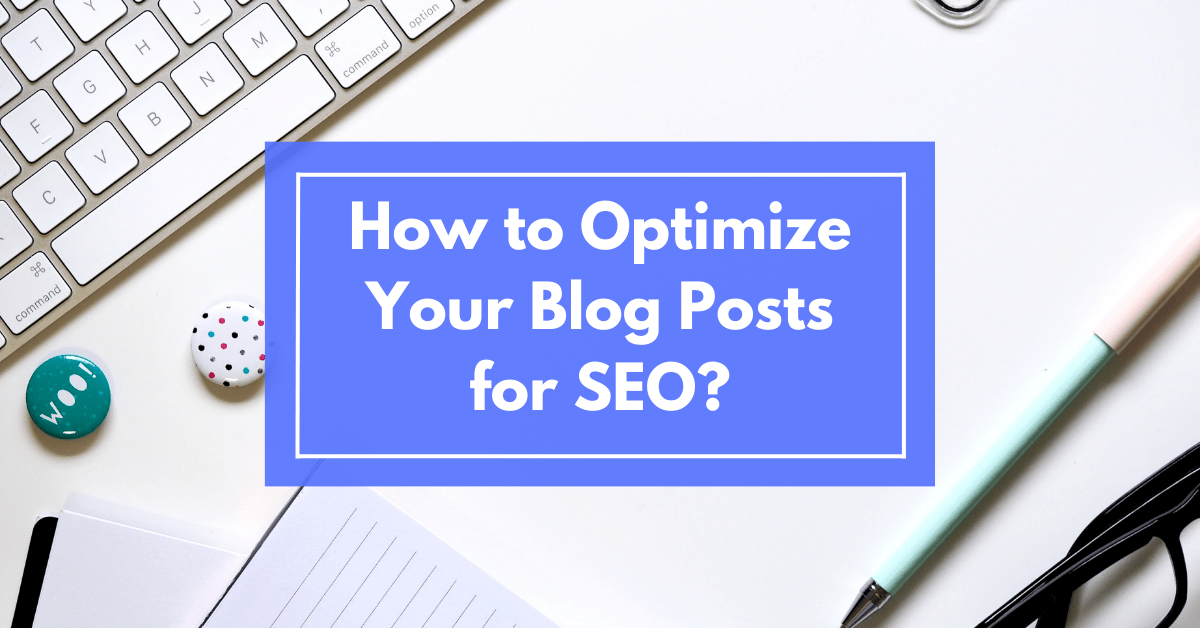Optimize Your Blog Posts for SEO: In the vast universe of the internet, where countless blogs compete for attention, standing out can feel like finding a needle in a haystack. But fear not! With the right approach, you can optimize your blog posts to shine brightly in the search engine galaxy. Here’s how:
Understanding SEO Basics
What is SEO?
SEO, or Search Engine Optimization, is the art and science of making your website or blog more visible to search engines like Google, Bing, and Yahoo. By optimizing your content, you increase the likelihood of it appearing at the top of search engine results pages (SERPs) when users search for relevant keywords.
Note:- Are you ready to take your online presence to new heights? Look no further than Prontosys, your trusted SEO company in Dubai. With our proven expertise and personalized approach, we’ll help your business soar to the top of search engine results pages. Contact us today to unlock the full potential of your digital presence and achieve your marketing goals with confidence. Let’s elevate your brand together with Prontosys – your partner for success in the dynamic world of SEO.
Why is SEO Important for Your Blog?
Imagine your blog as a beautiful shop in a bustling marketplace. Without SEO, it’s like having a fantastic product hidden away in a corner where no one can find it. Optimizing your blog posts ensures that your content gets discovered by the right people, driving traffic, engagement, and ultimately, success.
Key Steps to Optimize Your Blog Posts
1. Keyword Research
Keywords are the compass that guides users to your content. Conduct thorough research to identify relevant keywords and phrases that your target audience is searching for. Tools like Google Keyword Planner, SEMrush, and Ubersuggest can help you uncover valuable keywords with high search volume and low competition.
2. Quality Content Creation
Content is king, but quality content wears the crown. Create compelling, informative, and engaging blog posts that provide value to your audience. Ensure your content is well-written, easy to understand, and addresses the needs and interests of your readers.
3. On-Page SEO
Optimize your blog posts for on-page elements such as titles, headings, meta descriptions, and URLs. Incorporate your target keywords strategically throughout your content, but avoid keyword stuffing. Make sure your titles and headings are descriptive and relevant to your topic, and craft enticing meta descriptions to improve click-through rates.
4. Image Optimization
Images enhance the visual appeal of your blog posts and improve user experience. Optimize your images by using descriptive filenames, alt text, and captions that include your target keywords. Compress images to reduce file size and improve page load speed, a crucial ranking factor for search engines.
5. Internal Linking
Internal links are like pathways that connect different pages within your blog. Incorporate relevant internal links throughout your content to guide users to other relevant posts or pages on your site. This improves navigation and helps search engines discover and index your content more efficiently.
6. Mobile Optimization
Optimizing your blog for mobile devices is essential in today’s mobile-first world. Ensure your website is mobile-responsive and provides a seamless browsing experience across all screen sizes. Google prioritizes mobile-friendly websites in its search results, so don’t overlook this crucial aspect of optimization.
7. User Engagement and Social Sharing
Engage with your audience by encouraging comments, shares, and social interactions. Respond promptly to comments and messages, and foster a community around your blog. Encourage social sharing by including social sharing buttons on your posts, making it easy for readers to spread the word about your content.
8. Monitor and Analyze Performance
Regularly monitor your blog’s performance using analytics tools like Google Analytics. Track key metrics such as traffic, engagement, bounce rate, and conversions to measure the effectiveness of your SEO efforts. Analyze the data to identify areas for improvement and refine your strategy accordingly.
Conclusion
Optimizing your blog posts for SEO is a journey, not a destination. Following these key steps and staying updated on the latest SEO trends and best practices can enhance your blog’s visibility, attract more visitors, and achieve your blogging goals. Remember, patience and perseverance are key, so keep refining and optimizing your content to reach new heights of success in the digital realm. Happy blogging!
